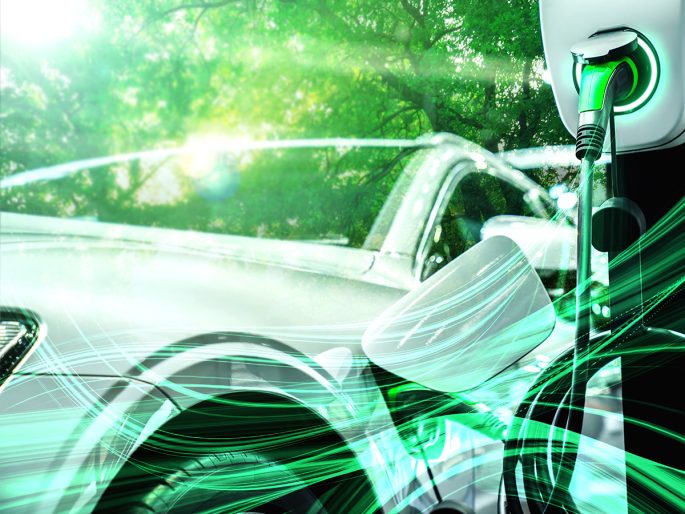The establishment of a national EV charging network is beginning to accelerate. Here’s a look at some of the notable developments taking place at the federal, state and commercial levels.
Federal & State Updates
Under the National Electric Vehicle Infrastructure (NEVI) Formula Program, almost $5 billion will be made available to states over the next five years to build out a national EV charging network. To qualify for federal funding, EV projects would need to meet minimum standards and requirements being proposed by the U.S. Department of Transportation’s Federal Highway Administration.
The largest allocations of funds will go to California, Florida and Texas. States with desolate stretches of highway, such as Utah, Wyoming, Montana, New Mexico and Colorado, are expressing concern that the proposed rules requiring fast-charging EV stations every 50 miles along major highways is an unreasonable request, while other states are forging ahead.
Ohio legislators introduced a bill that would allow power companies to pass along costs for building and operating EV stations to utility customers. According to a NACS article, a representative of the Ohio Consumers’ Counsel stated to lawmakers that “EV charging should be a competitive service.”
Plans for how states will use the funding and install the chargers needed to be submitted by Aug. 1.
Business News
Meanwhile, numerous fuel retailers and other businesses have announced their plans to expand EV charging within their enterprises:
- Couche-Tard to Roll Out EV Chargers in 200 Circle K and Couche-Tard Stores
- Phillips 66 Taps Freewire for EV Charging
- Pilot Company, GM Partner on Coast-to-Coast EV Fast Charging Network
- Sam’s Club to Offer Cash Back for EV Charging
- Chase to Add EV Chargers at 50 Branches
- Starbucks Plugs into EV Charging
In a coordinated effort to promote businesses rather than utilities in the development of EV charging infrastructure, NACS, NATSO, SIGMA, various companies and petroleum marketer associations have joined the Charge Ahead Partnership coalition. Learn more at www.chargeaheadpartnership.com.




